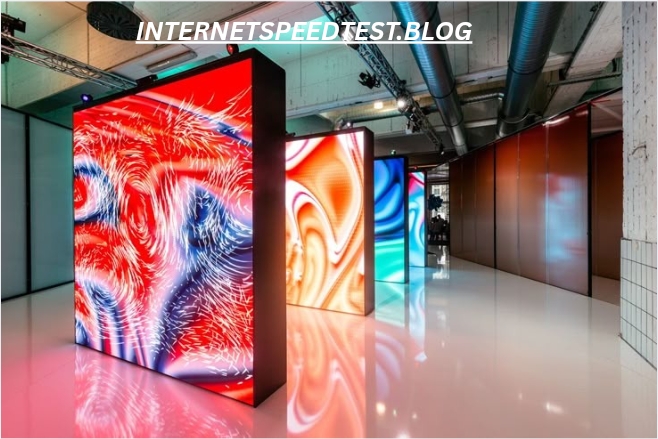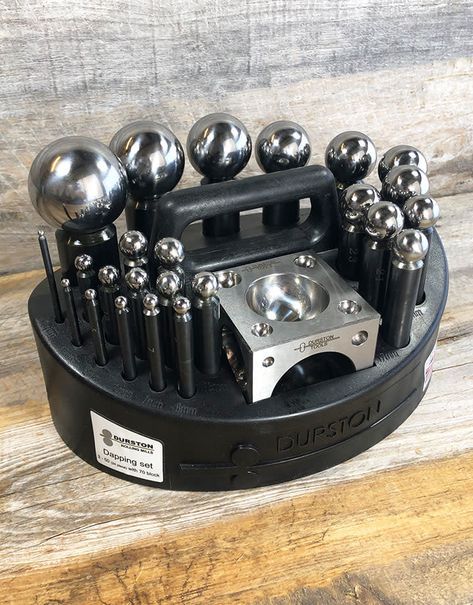Introduction
Digital signage is transforming the way businesses, event organizers, and even homeowners display information. Among the latest trends in display technology is the add led screen corne design. If you’ve ever wondered how to add LED screen corners to your display setup, or why this design element is becoming so popular, you’ve landed in the right place.
In this in-depth article, we’ll explore what an LED screen corner is, why it matters, how to integrate it into your projects, and the long-term benefits of adopting corner-based LED displays. Let’s dive deep into the world of add LED screen corner solutions.
What Does “add led screen corne” Mean?
When people talk about “adding an LED screen corner,” they’re usually referring to integrating LED displays in a way that covers corner areas of a structure or screen installation. This can mean:
- Wrapping LED panels around the edge of a building or wall.
- Adding seamless corners to video walls or digital signage.
- Enhancing stage backdrops with angled LED corners for immersive effects.
- Extending screen visuals beyond flat, 2D surfaces.
In short, an LED screen corner allows your display to extend into three-dimensional space, making visuals more dynamic, eye-catching, and engaging.
Why add led screen corne Are Becoming Popular
Digital signage has already proven its effectiveness in retail, advertising, events, and entertainment. But the corner concept is taking things to another level. Here’s why:
1. Eye-Catching 3D Illusion
When content wraps around a corner, it creates a 3D illusion. Viewers don’t just see a flat screen; they see visuals that look like they’re stepping out into real space.
2. Better Engagement
People naturally notice unusual screen shapes and layouts. Adding an LED screen corner ensures that your display captures attention from multiple angles.
3. Flexibility in Design
From 90-degree corners to curved corner displays, LED screens can now adapt to architectural designs and creative stage concepts.
4. Branding Power
Brands looking to stand out often use corner LED displays in showrooms, trade fairs, and storefronts. It signals innovation and premium quality.
Types of add led screen corne
Not all LED corners are built the same. Depending on your project, you might consider different styles.
1. Standard 90-Degree LED Corners
- The most common type.
- Perfect for building facades, storefronts, or indoor video walls.
- Offers a sharp, professional look.
2. Seamless LED Corners
- Designed with customized LED modules.
- Eliminates the visible seam at the joint.
- Creates an uninterrupted visual flow across the corner.
3. Curved LED Corners
- Uses flexible LED panels.
- Ideal for cylindrical displays, rounded stage designs, or modern architecture.
- Delivers a futuristic aesthetic.
4. Interactive LED Corners
- Combines corner LED displays with touch technology.
- Used in museums, retail stores, and exhibitions.
- Enhances customer interaction.
Benefits of Adding an LED Screen Corner
If you’re still wondering whether to add LED screen corner designs to your project, here are some benefits that might convince you:
1. Maximum Visual Impact
Flat screens are common, but corner displays stand out. They create a memorable visual experience.
2. Enhanced Advertising Potential
With LED screen corners, advertisers can showcase messages that remain visible from two streets at once—great for high-traffic urban areas.
3. Immersive Audience Experience
In events, concerts, and exhibitions, corner LED screens immerse the audience with wraparound visuals.
4. Space Optimization
Corners are often wasted in digital design. Adding screens to these areas means you use every bit of space effectively.
5. Architectural Integration
LED corners can be built seamlessly into walls, pillars, and facades, blending tech with design.
Applications of LED Screen Corners
Adding an LED screen corner is not limited to one industry. Here are the most common applications:
1. Retail and Shopping Malls
- Corner LED screens attract foot traffic.
- Perfect for promotions, digital catalogs, or product launches.
- Large malls often integrate them into escalator corners.
2. Outdoor Advertising (DOOH)
- Billboards with LED corners maximize visibility.
- Brands can display multi-angle ads for cars, electronics, or fashion.
3. Stage and Event Design
- Concerts and theater performances use corner LED panels to create immersive backdrops.
- Adds depth and realism to performances.
4. Corporate Lobbies & Showrooms
- A great way to welcome guests.
- Can display dynamic company branding across walls and corners.
5. Museums and Exhibitions
- Interactive exhibits often use LED corners to give a futuristic feel.
- Perfect for storytelling installations.
6. Gaming and Esports Arenas
- Adds intensity to the environment.
- Wraparound corners display player stats, live feeds, or sponsor ads.
Technical Aspects of Adding an LED Screen Corner
Before installing LED corners, there are some technical factors you need to know.
1. Pixel Pitch Matters
- Pixel pitch defines how clear your visuals appear.
- For close viewing (indoor lobbies, retail): P2–P4 LED panels.
- For outdoor (billboards, facades): P6–P10 LED panels.
2. Seamless Calibration
- To make visuals flow smoothly across corners, LED modules need calibration.
- Modern systems use software to adjust brightness and color uniformity.
3. Cabinet Design
- Special corner cabinets are required to avoid gaps.
- Options include right-angle cabinets or custom curved structures.
4. Content Creation
- Content must be designed for multi-angle playback.
- Designers often use 3D animations to maximize the corner effect.
5. Power & Heat Management
- LED corners consume slightly more power due to extra modules.
- Proper cooling systems must be installed.
Challenges of LED Screen Corners
While corner LED displays are impressive, they come with challenges.
1. Higher Costs
Custom cabinets and flexible panels increase expenses.
2. Content Complexity
Designing content for corner screens requires specialized video editing.
3. Installation Difficulty
Corners are harder to align compared to flat surfaces.
4. Maintenance Access
Corner modules might need special maintenance tools for easy removal.
Step-by-Step: How to Add an LED Screen Corner
Here’s a simplified step-by-step guide:
- Site Assessment – Check corner angles, space, and viewing distance.
- Choose Panel Type – Decide between 90-degree, seamless, or curved panels.
- Cabinet Selection – Select standard or customized corner LED cabinets.
- Structure Setup – Build the supporting frame with proper alignment.
- Module Installation – Install LED panels on both sides of the corner.
- Calibration – Adjust brightness, color, and resolution for seamless flow.
- Content Programming – Design corner-optimized visuals.
- Testing – Run multiple test videos before the official launch.
Cost of Adding an LED Screen Corner
Prices vary depending on:
- Type of panel (indoor vs outdoor)
- Pixel pitch
- Cabinet customization
- Size of display
On average:
- Indoor 90-degree corner LED: $800–$1200 per square meter.
- Outdoor corner LED: $600–$1000 per square meter.
- Curved LED corner displays: $1200–$2000 per square meter.
Additional costs include installation, content design, and maintenance.
Future of LED Screen Corners
The future of LED screen corners is promising, with innovations like:
- Transparent LED corners – Perfect for glass walls and shop windows.
- AI-powered content playback – Ads optimized by audience behavior.
- 4K/8K corner screens – Ultra-clear wraparound visuals.
- Flexible OLED corners – Lightweight and bendable panels for creative designs.
As smart cities expand, we’ll likely see LED screen corners integrated into street architecture, making digital experiences a natural part of daily life.
Tips for Maximizing LED Screen Corner Impact
- Use Bold Colors – Vibrant colors look more striking on corners.
- Leverage Motion Graphics – Moving content enhances the 3D effect.
- Highlight Branding Across Angles – Ensure logos are visible from multiple sides.
- Plan for Future Expansion – Choose modular panels for scalability.
- Optimize for Night & Day – Outdoor corners should auto-adjust brightness.
Conclusion
The trend of adding LED screen corners is reshaping digital signage, event design, and advertising. Whether it’s a 90-degree installation on a building, a curved display in a concert arena, or an interactive museum exhibit, corner LED screens bring innovation and immersion to the forefront.
While the costs and installation challenges may seem high, the long-term benefits—maximum visibility, better engagement, and futuristic appeal—make it a smart investment for businesses, brands, and event organizers.
If you’re looking to stand out in today’s digital-first world, it’s time to add an LED screen corner to your next project.




